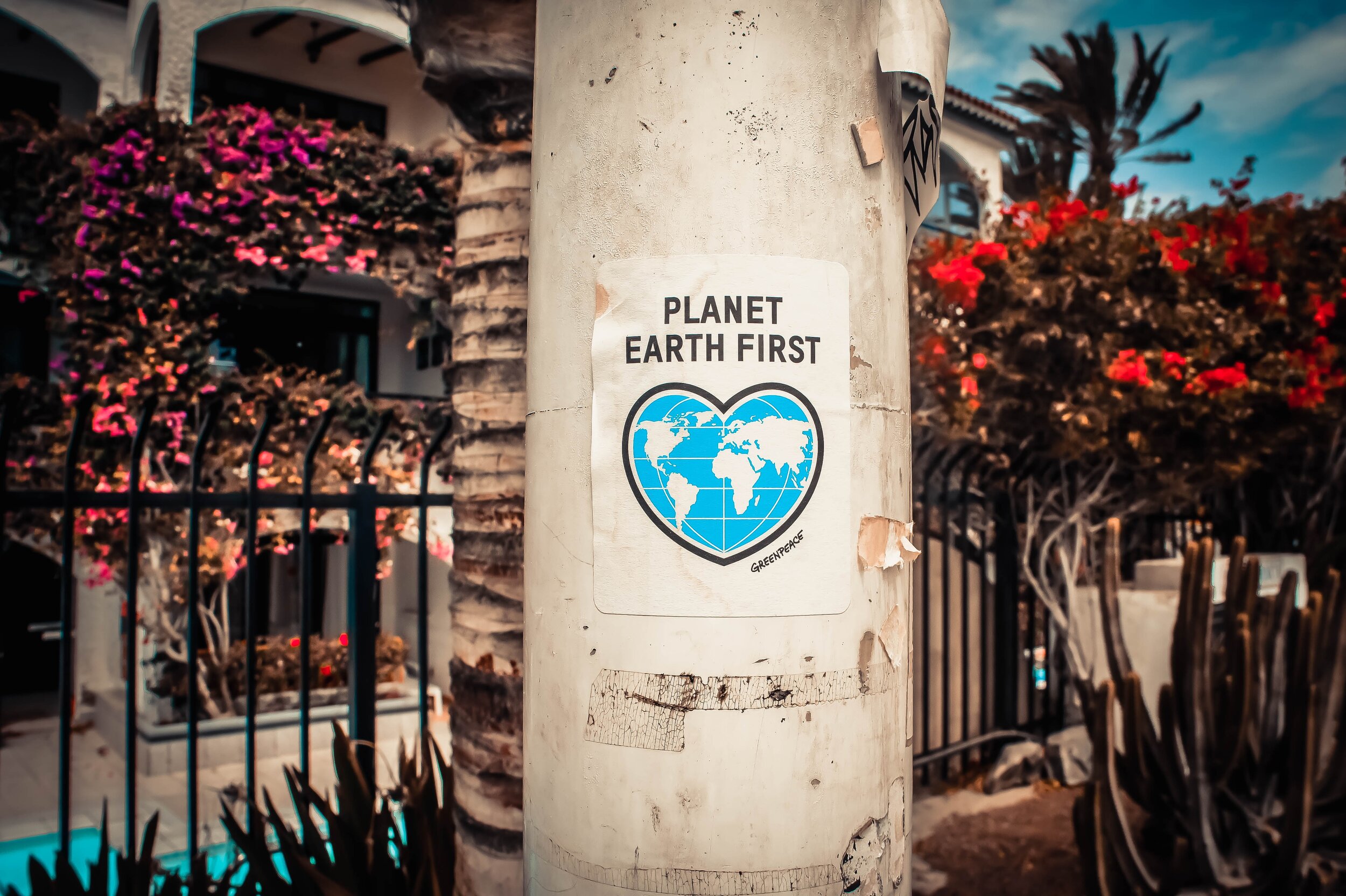Planet-Friendly Purchasing
When learning about eco-friendly alternatives to the products you currently use, you might get the urge to toss out what you’re using and buy a shiny new “eco” replacement. - - -Don’t do that. It’s the opposite of environmentally responsible. Instead, follow this handy guide to swapping out your products in a safe & healthy way.
TOSSING
Give or Sell - Never Trash It
Instead, offer it for free in a Facebook Buy Nothing Group. Search “Buy Nothing Group” + your town on Facebook. Join the group, and enjoy giving and receiving items from stationary to furniture, all with people in your local area.
Be Responsible with Hazardous Items
If the items you want to get rid of are toxic (cleaning products, or some toiletry items like shampoos, lotions, or nail polishes) look up how to dispose of hazardous waste in your area.
When in Doubt, TerraCycle
If you’re trying to get rid of items that are actual garbage, like a moldy vinyl shower liner that you’re replacing with a washable linen one - don’t trash it, TerraCycle it. Check to see if there are any TerraCycle drop off locations in your area. If not, you can purchase a box to recycle just about anything that’s typically non-recyclable.
PROCURING
When Possible, Don’t Buy New
When you purchase secondhand items you’re not contributing to the pollution and carbon footprint associated with newly manufactured items. If you just saw an instagram ad for some crave-worthy eco-friendly product, first calm down, take a breath. Check to see if you can find it secondhand. Go to eBay, your Buy Nothing group, LetGo, or thrift shops. Once you’ve done your due diligence by trying to find it secondhand, you might realize you don’t need it after all. Buying online is TOO easy. One impulse, and you’ve just spent too much money and generated too much waste.
Make It?
Perhaps you or someone you know is handy and can turn something you already own into your own custom version of the product you wanted to buy. Maybe you wanted trendy reusable grocery bags. Instead of buying new, make some with fabric from old curtains or tee shirts. If you aren’t crafty, a local seamstress or craftsperson would LOVE to make them for you using your materials.
Ask ALL the Questions
If you can’t find it used or make it, and have decided to buy new, do your research. I find the 5 W’s handy here:
WHO made the product? Does the company use fair labor practices?
WHAT is the product made from? Is it sustainable?
WHEN was the product made? Perhaps it is a vintage, therefore secondhand item.
WHERE was the product made? If it was made far away, the carbon footprint to get the item to you is high. And can you buy the item locally to support local business?
WHY was the product made? Are the proceeds being donated to a charitable cause?
